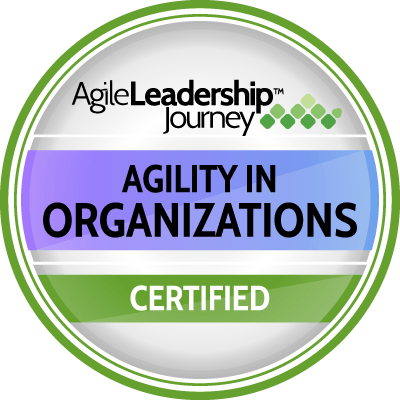What is Fake Agile?
What is Fake Agile?
Fake Agile in its most simplest form is Agile in name only. This occurs when Agile terminology has been adopted by the organization, however, the way it operates continues to be governed by preexisting structures, policies and metrics. An example is an Agile team that is simply a project team with a new name rather than small, dedicated, cross-functional focused individuals working collaboratively to solve business problems. Or when a Scrum Sprint Cycle is merely another name for a phased stage gate process with analysis sprints, design sprints, development sprints and testing sprints versus truly integrated sprints that include each phase of the lifecycle in short increments seeking to achieve a whole development slice.
What Causes Fake Agile to Occur?
In most cases, Fake Agile emerges in organizations because the pathway to a more holistic Agile approach is blocked by existing systems and leadership thinking. While Agile is often viewed as a project process for IT, in reality, it is rooted in a value system (see Agile Manifesto). This new value system shifts from a traditional define and control-based operation to an empirical and collaborative-based operation. When leadership limits consideration to an Agile process, where Agile values are left at the door, they will most certainly open the door to Fake Agile.
- Teams required to “commit” to a Sprint goal creates a target of 100% completion with measures of compliance to reinforce it. This expectation drives Fake Agile where teams lower commitments, possibly are pushed into commitments, may hide issues in order to demonstrate commitment, and likely lose much of their team empowerment.
- Teams allowed to “forecast” their Sprint goal creates a target of about 70% completion. This expectation enables a more authentic Agile with teams determining their goal, flexibility to explore new learning as it emerges, allowing an ability to pivot as necessary, and enforces team empowerment and ownership.
What Can Leaders Do to Fix Fake Agile?
Look in the mirror and take personal action. Again, Fake Agile is a symptom of a deeper issue, not the issue itself. If a leadership team sees signs of Fake Agile, it would be wise to bring together senior members of the teams involved in a safe space to share and discuss the deeper issues driving it.
Furthermore, shifting from Fake Agile to a more holistic Business Agility requires a broader involvement of leaders across business functions including finance, legal, procurement, HR, and operations. The senior leadership team is in a unique negotiation position to bring leaders from these other seemingly uninvolved departments together to diagnose and design new structures, policies and measures to enable more authentic agility.
Fake Agile does not happen overnight, and recovering from it will require as much or more time. Leadership teams should not attempt to solve the whole problem at once. Consider smaller areas to focus attention to — specific projects or programs, or specific structures, policies or measures. Using an Agile approach to improving the organization is as effective as using an Agile approach to improve products and services.
Agility is similar to fitness, health or financial growth — it cannot be accomplished with a single focus or initiative, but rather requires a continuous ongoing investment every month, quarter and year. Empower a team entrusted to identify, experiment and improve the organizational system incrementally through marginal gains, and invest in that team year over year.
Support Agile ways of working in your organization
Focused on the bottom half of our Leadership Compass, our Agility in Organizations workshop develops awareness of organizational culture and how leadership shapes culture. Learn how to shape an Agile culture and lead true Agile change within your organization.







